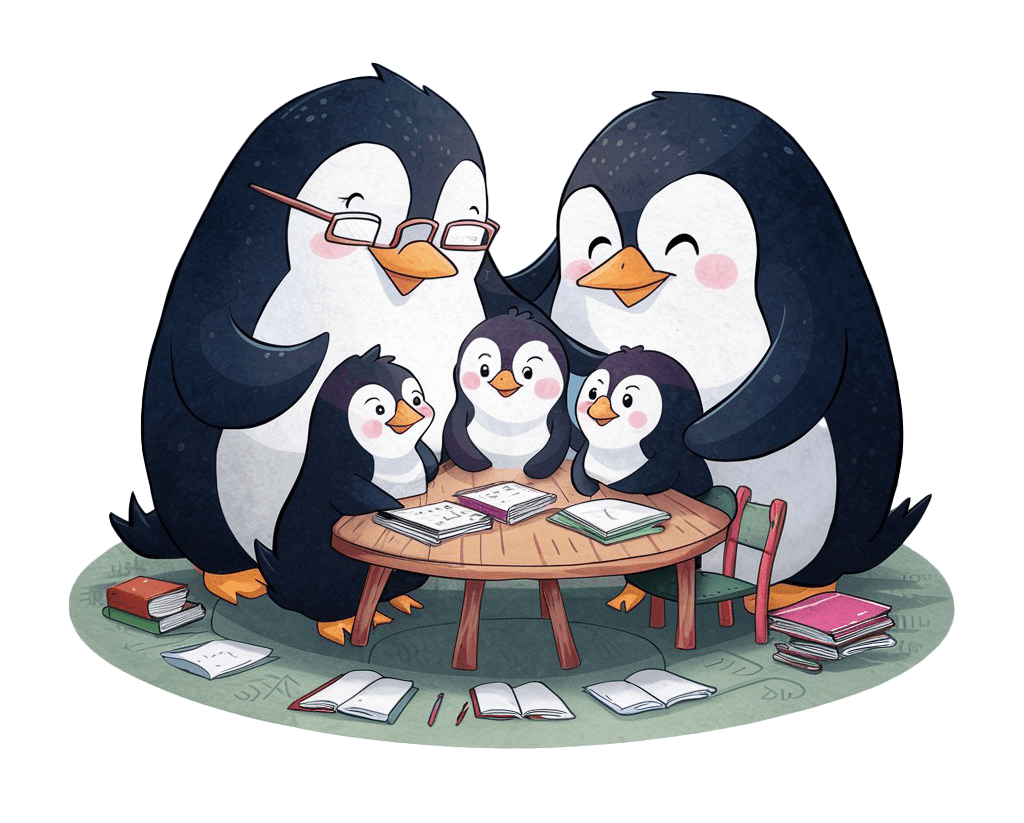Lesson Choices
If you put students in charge of setting lesson objectives they’ll be instantly more engaged with the lesson. Whether it’s offering two different styles of worksheets, the choice of which book to study or the order in which to study specific topics, asking pupils what they want to learn right now is a surefire way to make them more amendable to any lesson.
And it’s an effect that ripples: If you reuse the same list of options, crossing lessons off when completed, by the time the final discarded lesson comes around again, even if they’d still choose another, they’re resigned to that being the lesson left to complete and (mostly) complete it in good humour.
The more interested we are in a subject, the more knowledge we retain. If a child is able to follow their interests through their lessons, developing an academic skill set alongside more in-depth knowledge of their interest, lessons are an activity they engage in willingly when asked and actively choose outside ‘school’ hours. Discovering a home learners interests is key to helping them both discover more about their own interests and figure out their skill set strengths.
Simple choices, like allowing students to choose audiobook A or B, worksheet C or D; the opportunity to create their own reading list, or suggest project titles, encourages autonomous learning – and that, for us, is the end goal of home education:
Children (young adults!) who are confident in their ability to learn what they need to learn, when they need to learn it – whether for a qualification, a job, or self-satisfaction.
Lesson formats to offer choices
For most subjects, it’s possible to put home educated learners in charge of at least part of the lesson. Homeschooling gives you the flexibility to bend and flex the rules – use that! A home-ed curriculum allows you to be flexible about whether pupils study chemistry or physics or biology that day – as long as the timetabled slot for ‘science’ is covered, which science is studied that day doesn’t matter if the home learner has a particular preference. All subjects that don’t need to be taught in linear fashion (most of them) can be taught in the order a home learner chooses. Choices is a large part of what makes home education fun from a home educated child’s perspective.
- Let them choose their pen colour/art medium.
- Let them choose whether to use subject-specific notebooks or loose paper to file later.
- Involve home learners in the selection of textbooks and home-ed memberships.
- Encourage them to make lists of anything and everything they’d like to explore.
- Curate lists of documentaries for homeschoolers to watch, courses for them to try and books they might like to read and then leave them to choose which they study, when.
- Let them choose which poem to study / musical piece to learn
- Lay out a table with two trays. Leave the same prompt on both. On one leave art materials, on another writing materials. Plan their lesson around the tray (skill set) they chose.
Example ‘choice’ lessons
In this example, the lesson objective is to accrue knowledge from the audiobook (an active listening activity) – the art lesson is a bonus.
Audiobook : Etta Lemon or ‘A Grown Up Guide to Planet Earth’.
Secondary activity : Watercolour painting/sketching/repetitive craft (eg. bead threading)
Our homeschoolers chose Etta Lemon and watercolour painting. So they:
- Found a tutorial on Skillshare for bird painting
- Watched the tutorial together (then turned it to mute for them to refer back to visually while listening to the audiobook)
- They found a postcard in the supply cupboard that matched the tutorial aims
- While listening to the first couple of chapters, they completed their watercolour
- Finally, they wrote a brief summary of what they’d learnt from the audiobook so far and we talked over any questions they had.
This lesson format – audiobook/podcast & art/craft activity – is an easy go-to lesson that works across any subject and can make any subject more appealing.
Had they chosen ‘A Grown-Up Guide to Planet Earth‘, an audible series by Geologist Professor Chris, Jackson, they’d have been asked to create a picture using the episode topic as inspiration (aurorae, volcanos, earthquakes – there are three episodes in the series) and then would have used the art to make illustrated notes on the topic (the same idea as illustrated poetry), re-listening as necessary to add details.
The simplest of choices – such as choosing which poem to learn and recite – makes students feel in charge of the lesson. By being specific about the materials you offer it’s easy to guide their choices in a way that doesn’t derail your education goals for the lesson/week/term.
Try
- bookmarking multiple pages of a poetry anthology before offering them the book to choose from,
- mentioning in conversation beforehand a topic/author/concept you plan to present as a lesson option so the pupil has some prior knowledge on which to base their choice
- reorganise bookshelves to make books you’d like them to veer toward more prominent on the shelves
- Incentivise topics by dropping into conversation a fun trip or film or experience you plan to use to round up the topic once completed.
As long as the environment they’re in is stimulating, they have access to knowledge (in various forms), opportunities (and resources) to develop skills, and are free from the pressures of ‘making mistakes’ or ‘failing’ a lesson, kids will naturally, passively or actively, learn.

